What Is an Asset? Definition & Types
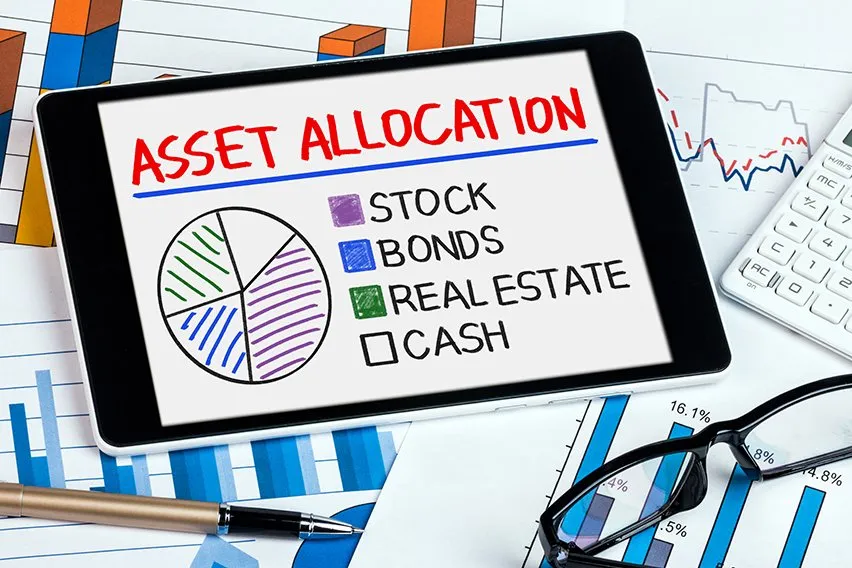
Do you know how all your accounting processes work? Your balance sheet is going to get divided into two different categories: assets and liabilities. Both of these are important to understand and know about for your business to be successful.
Assets are going to help add more value to your company and build your equity. And having more assets than liabilities contributes to better financial health for your business. Let’s take a closer look at assets and some of the different types.
Here’s What We’ll Cover:
What’s the Difference Between an Asset and a Liability?
What Is an Asset?
Basically, an asset is something that you own to help your business generate a profit. It can vary from business to business and industry can also play a role in the type of assets you own. For example, manufacturing companies will have equipment in place to help them create their products.
But, an asset can also be something like petty cash, bank balances, accounts receivable or inventory. They can also range from raw materials, office equipment and intellectual property.
Assets can either generate a profit as they work or provide a future economic benefit for your business. One of the easiest ways to think of an asset is that they put money in your pocket and a liability takes money out of your pocket. Your business can either own, create or benefit from something for it to get considered an asset.
In accounting terms, an asset is a resource that you can either sell or turn into cash. You can use an asset to help build value for your company and they are important factors in your balance sheet.

Different Types of Assets
Before getting too far into the specific types of business assets, there are a few different ways that you can categorize them.
One way is by putting assets in two categories based on their type and nature. They can either be current assets, which have a shorter life span and are easily transferred into cash. Or they can be fixed assets, which are longer-term and won’t convert cash quickly.
You can also group assets based on their physical characteristics. In this case, they would be tangible assets, which are the financial, physical and material resources of your business. Or they can be intangible assets, which are resources that don’t have much substance but add value to your business.
As well, assets can also get labelled as operating or non-operating depending on their usage. Here’s more of a list with examples of assets.
Current Assets
- Cash or cash equivalents
- Accounts receivable
- Deposit accounts
- Cheques
- Bank drafts
- Marketable securities
- Inventory
- Prepaid expenses
- Stock
Fixed Assets
- Certain business property
- Equipment
- Tools and machinery
- Furniture
- Investments, or long-term assets
Tangible Assets
- Stock
- Cash
- Land
- Office supplies
- Equipment
- Machinery
- Business vehicles
- Buildings
Intangible Assets
- Trade secrets
- Franchises
- Reputation
- Goodwill
- Intellectual property
- Licenses
A lot of successful businesses own a combination of current, tangible and intangible assets. This helps your business secure good cash flow, have more effective processes and better long-term value.

What’s the Difference Between an Asset and a Liability?
As mentioned above, an asset is a resource that your business owns which gives future economic benefit. Assets help add value to your business and build equity.
A liability, on the other hand, is debts or obligations that your business has which you need to fulfil in the future. It’s basically the money that you need to pay or the goods you need to provide.
Assets and liabilities both get reported on your balance sheet. It’s also worth noting that even though some assets become depreciable, liabilities do not. This means that liabilities don’t diminish over time and their value stays the same.
Key Takeaways
One of the most important things for you to do as a small business owner is to make sure that you balance your books accurately. In order to do this, you need to have a good understanding of how assets and liabilities work with your business. This will help you make better decisions and get a true sense of the health of your business.
Simply put, an asset is something that you own in order for your business to increase profits. Different businesses are going to have different assets depending on their industry. But regardless, assets help your company build equity and increase its value.
An asset can be anything from equipment to raw materials to intellectual property, just as long as it provides a future economic benefit. Keep in mind that there can be a few different ways to categorize an asset, as well.
You can categorize them based on type and nature, or you can group them based on physical characteristics. Physical characteristics would be whether or not it’s an intangible asset or a tangible asset.
Did you enjoy reading this guide? Head over to our resource hub for more content.
RELATED ARTICLES

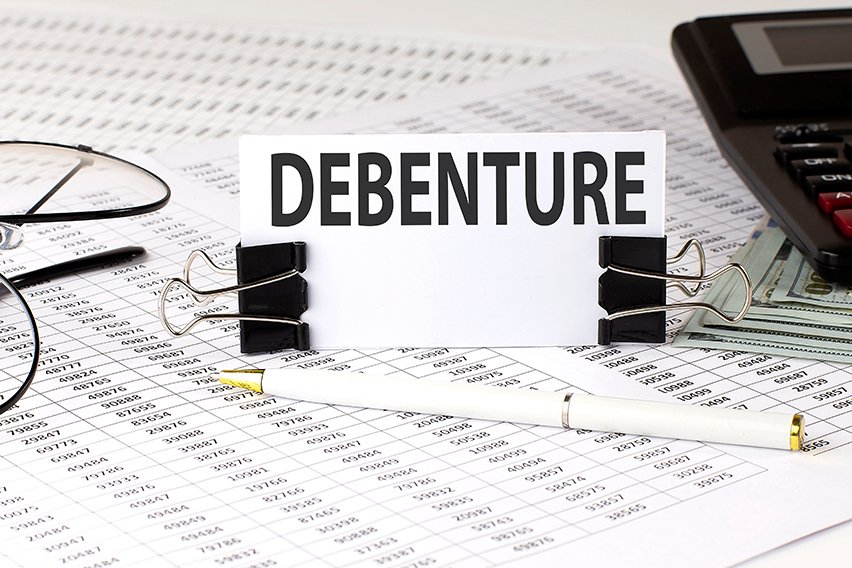 What Is a Debenture? Definition & Purpose
What Is a Debenture? Definition & Purpose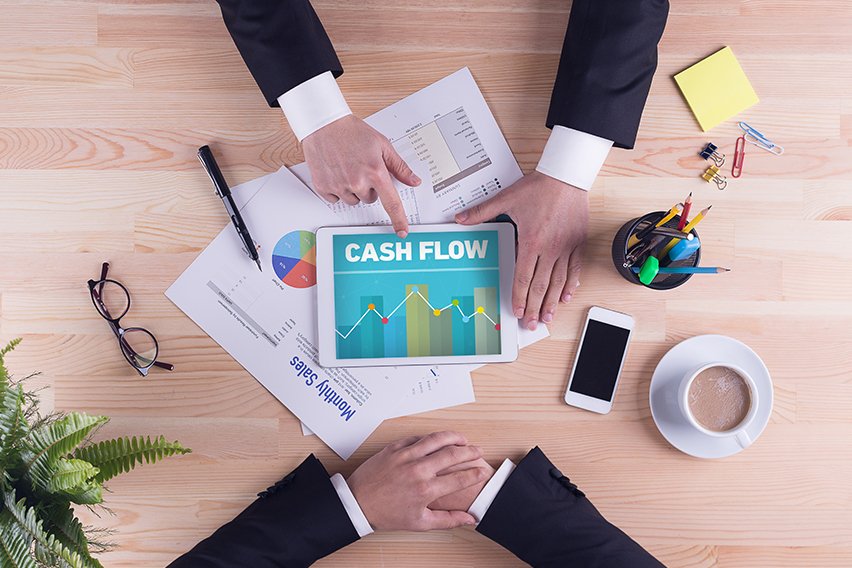 What Is Cash Flow? Definition, Importance & Examples
What Is Cash Flow? Definition, Importance & Examples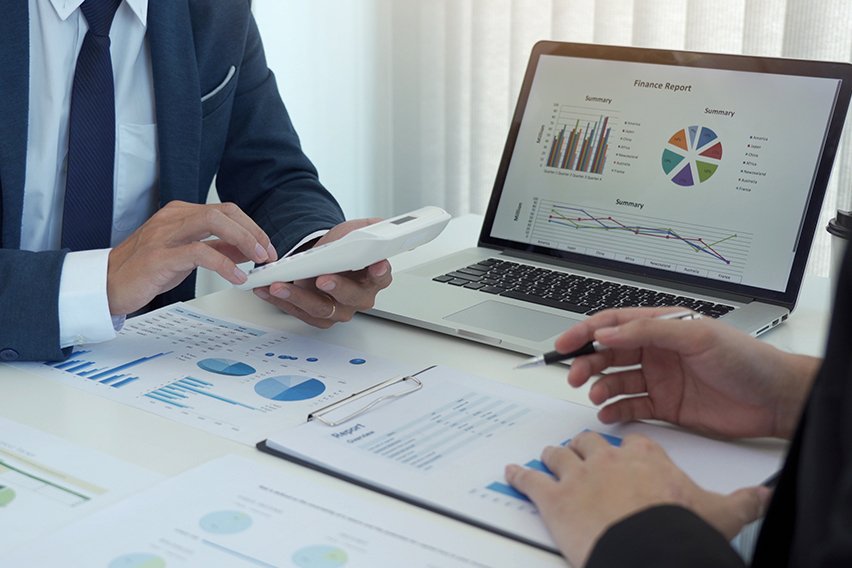 Running a Company: What Is a Confirmation Statement CS01?
Running a Company: What Is a Confirmation Statement CS01?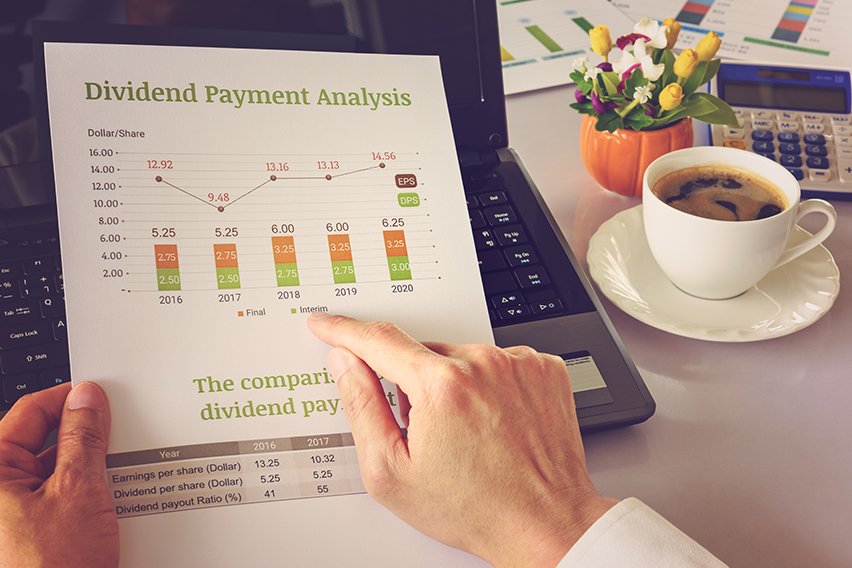 Dividend Payout Ratio: Definition, Formula & Calculation
Dividend Payout Ratio: Definition, Formula & Calculation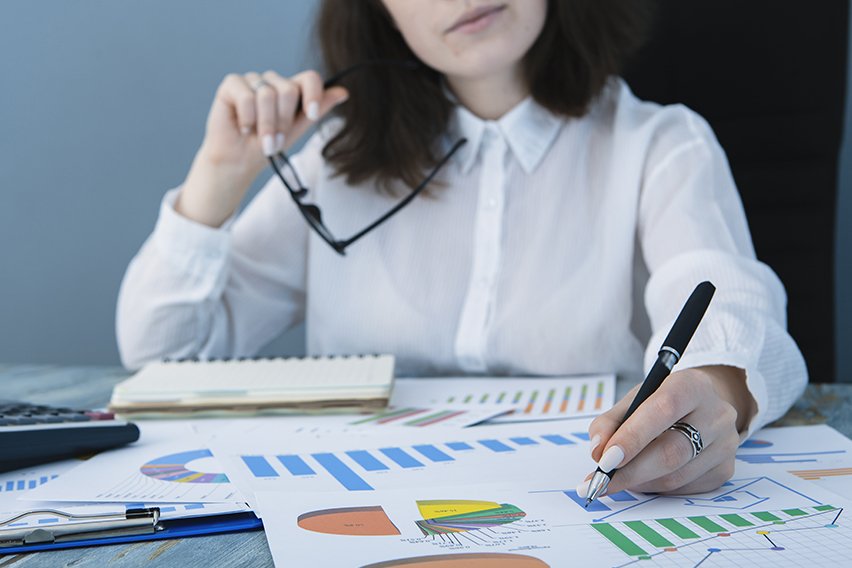 What Is the Effective Annual Rate(EAR) & How to Calculate It
What Is the Effective Annual Rate(EAR) & How to Calculate It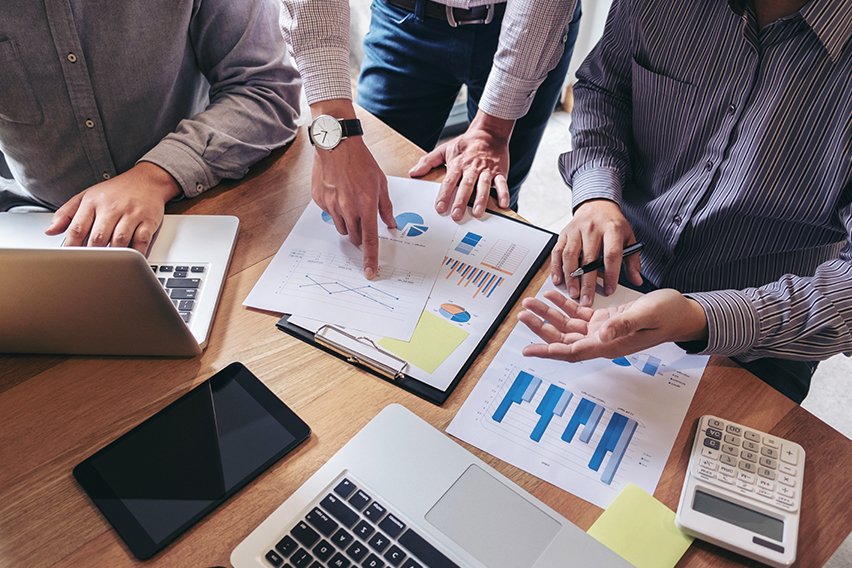 Capital Adequacy Ratio (CAR): Definition & Overview Guide
Capital Adequacy Ratio (CAR): Definition & Overview Guide